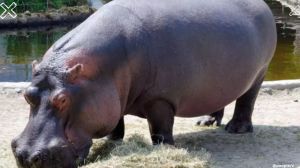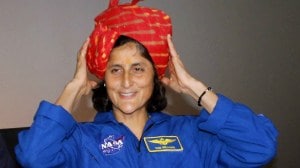- India
- International
Out With the Old, More of the New
In the early 1990s, new brands entered the market and disrupted the status quo of the old war horses, who could either change their tune or bow out.
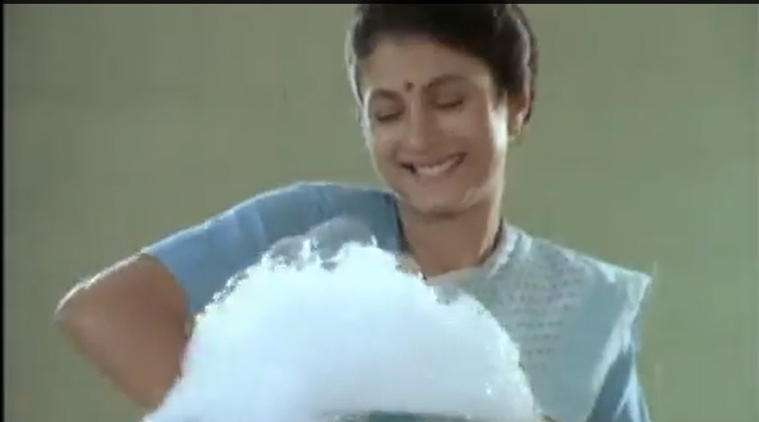 Remember “Washing Powder Nirma”?
Remember “Washing Powder Nirma”?
Back in the 1980s, Indian economy was coasting along at a gentle pace. So was our advertising. We used to produce advertising in a fairly antiquated, old fashioned way. And brands were happy if they got one ad out on television and cinema every year. Yes, the same ad used to run for two years, sometime even longer. Remember “Washing Powder Nirma”?
But all this changed in the early 1990s. I would call this the rise of the “More” era. In numerous segments of the market, we saw new brands entering and disrupting the status quo of the old war horses. The smarter brands started singing a new tune, in line with the changing aspirations of the new generation.
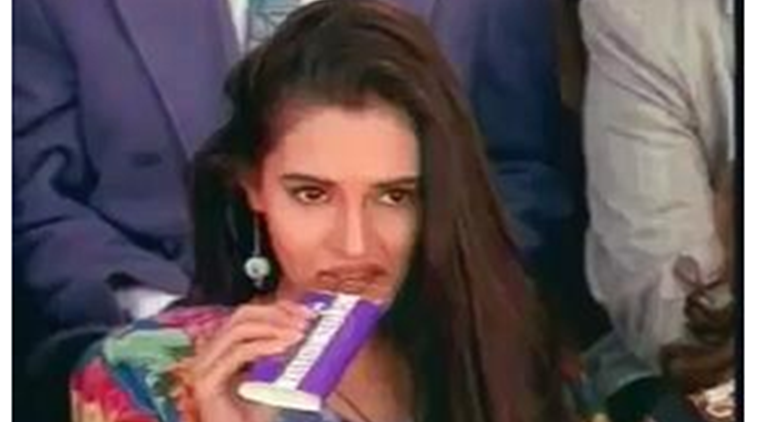 Cadbury advertisement.
Cadbury advertisement.
The most memorable ad of that generation is probably Cadbury’s Cricket Dancing Girl film. It presented the new India, ready to run on to the cricket field, dance in gay abandon, to the dismay of the suited-booted boxwalla crowd. The film did wonders for Cadbury Dairy Milk.
Threatened by the growth and noise being created by the cola brands, even humble milk was reborn as a cool hep drink called “Doodh”. The jingle, sung in the style of a Bobby McFerrin hit, used a nice juxtaposition of Hindi and English words, creating one of the early Hinglish jingles.
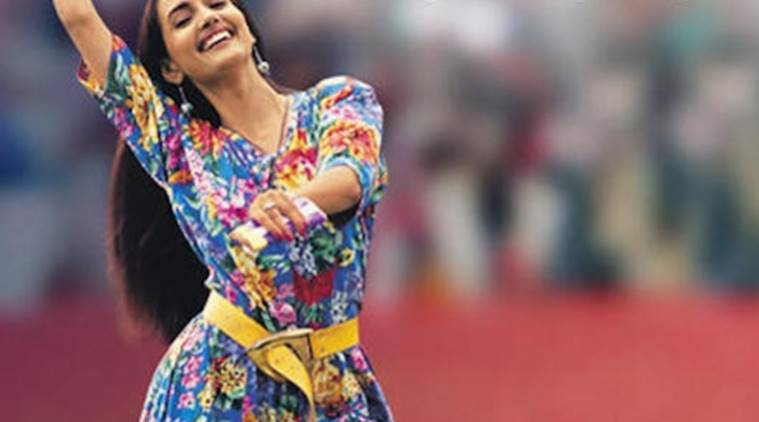 Cadbury’s Cricket Dancing Girl film.
Cadbury’s Cricket Dancing Girl film.
The growth of packaged foods saw the launch of numerous cooking oil brands. One of the most memorable ads from that decade would be the Dhara jalebi ad showing a young boy running away from home, only to be tempted back by the elderly postman who tells him: “Ghar pe toh mummy ne garma-garam jalebi banayi hai”.

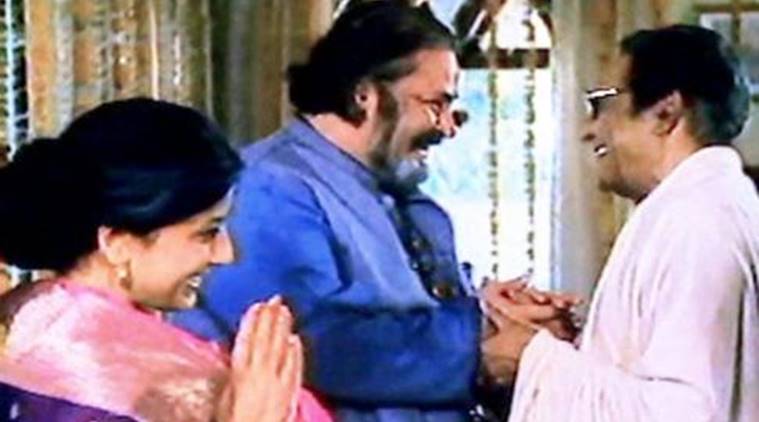 Pan Parag did its terrific ad, featuring Ashok Kumar and Shammi Kapoor, negotiating “baraatiyon ka swaagat”.
Pan Parag did its terrific ad, featuring Ashok Kumar and Shammi Kapoor, negotiating “baraatiyon ka swaagat”.
The growth of television saw Indian brands jumping in quickly. Pan Parag did its terrific ad, featuring Ashok Kumar and Shammi Kapoor, negotiating “baraatiyon ka swaagat”.
It was also around this time that Indians started asking “Gimme Red”, some electrifying ads came out for the humble Eveready battery.
Consumer durables market saw explosion of new brands. Whirlpool managed to corner a lot of consumer empathy by using the Whirlpool Mom character, played by Amrita Arora for seven years. She was always in control of the situation when things were falling apart. Market researchers started hearing from consumers that they wanted to be like the “Whirlpool Mom”!
But was it an easy task to make an ad film in the early ’90s? I remember presenting a film to a client in Bangalore back then. The film was made by one of the more respected filmmakers. The film team from Mumbai arrived in Bangalore with a “double header”, where the picture and the sound came in separate reels. The double header had to be shown to the client in a special movie theatre. The inexperienced projector operator had to be guided on how the two reels had to be spooled in. The film ran once. The client liked it and wanted to see it again. And the projector operator managed to mangle the sound reel. So, the client had to approve the film based one viewing. In my experience of 37 years, that was the only time a client approved a film with one viewing!
Watch Video: What’s making news
It was an era where the clients were trying to understand the new medium of television and so the agency had to play a key role in hand-holding the client. Hence it was also an era of high trust between client and agency.
Today, technology for shooting, editing and showing an ad has changed. Clients (not to forget their wives and children) are a lot more knowledgeable and often want to get involved at various stages, adding to the confusion.
The 1990s was also the period India witnessed an invasion from the skies. The launch of numerous satellite television channels dramatically increased the consumption of television content. From an average consumption of may be one hour per day, a television household started consuming on an average three hours of content every day. This, in turn, meant that ads had to be refreshed more often. The days of running the same ad for two years soon vanished.
The boom in television advertising created its own “more” revolution for advertising. Two campaigns stand out to signify the more ethos of that decade.
 “Yeh Dil Maange More!” resonated deeply across the country that was waking up to a consumer revolution,
“Yeh Dil Maange More!” resonated deeply across the country that was waking up to a consumer revolution,
When Tata Motors launched Indica in the late ’90s, they believed they had a car that outscored Maruti 800 in all dimensions. It had more space, more style, more power and more running efficiency. All this was captured aptly by the baseline of the car “More Car Per Car”. If Indica was a More Car, it took Pepsi to give the war cry of that generation. Their campaign “Yeh Dil Maange More!” resonated deeply across the country that was waking up to a consumer revolution, a move from a command driven economy to a demand driven economy. So, Indians were now not settling for any car or any TV or any soft drink — they were “maanging more”.
We all remember the scene from Charles Dicken’s Oliver Twist: “Child as he was, he was desperate with hunger, and reckless with misery. He rose from the table; and advancing to the master, basin and spoon in hand, said, somewhat alarmed at his own temerity, “Please, sir, I want some more.”
The master was a fat, healthy man; but he turned very pale. He gazed in stupified astonishment on the small rebel for some seconds, and then clung for support to the copper. The assistants were paralysed with wonder; the boys with fear.
“What!” said the master at length, in a faint voice.
“Please, sir,” replied Oliver, “I want some more.”
We Indians started demanding more in the 1990s and the demand is yet to be satiated. Master be damned.
Ambi Parameswaran is brand strategist and founder, Brand-Building.com. He is the author of “Nawabs Nudes Noodles: India Through 50 Years of Advertising.”
Apr 25: Latest News
- 01
- 02
- 03
- 04
- 05




















